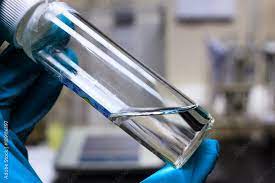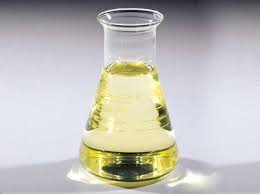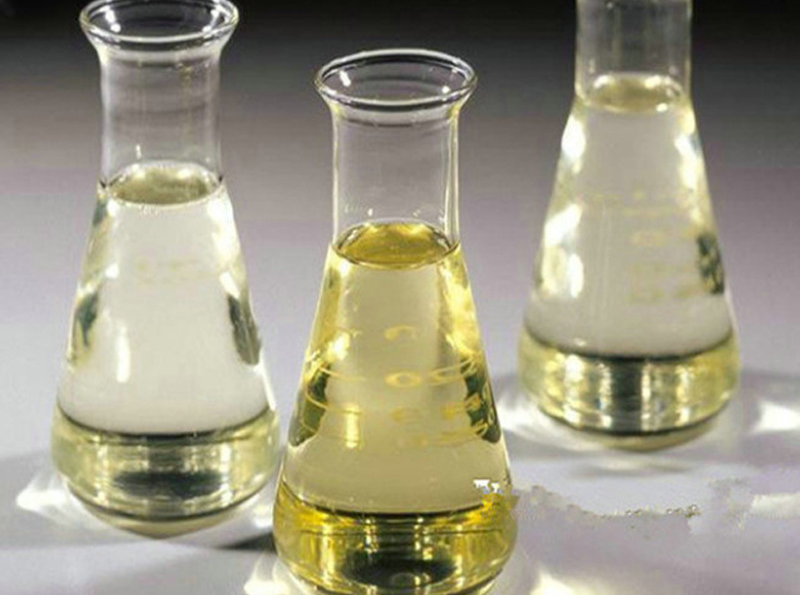**The Tiny Titans: How Surfactants Rule Our World**
(How Surfactant Works)
Ever wonder how soap magically lifts grease off your dirty dishes? Or why salad dressing doesn’t just separate into oil and vinegar layers instantly? The secret lies in remarkable molecules called surfactants. These unsung heroes work behind the scenes everywhere, making the impossible possible. Let’s dive into their world.
**1. What Exactly is a Surfactant?**
Think of the word “surfactant.” It’s a mash-up: “surface active agent.” That name tells you exactly what it does. These molecules are active at surfaces, especially the surfaces where different things meet, like oil and water.
Picture a surfactant molecule. It has two distinct parts. One part loves water. We call this the hydrophilic head. The other part hates water and loves oil or grease. This is the hydrophobic tail. This split personality is their superpower. Because they have these two opposing ends, they naturally position themselves at interfaces. They act like tiny bridges between substances that normally refuse to mix.
**2. Why Do Surfactants Matter So Much?**
Surfactants matter because they solve a fundamental problem: the deep dislike between oil and water. Without surfactants, cleaning greasy hands or washing oily clothes would be incredibly difficult. Many products we rely on daily simply wouldn’t work well, or at all.
Their ability to reduce surface tension is crucial. Surface tension is like an invisible skin on water. It makes water bead up. Surfactants weaken this skin. This allows water to spread out and wet surfaces much better. Think about water soaking into a dry sponge versus beading up on a freshly waxed car. Surfactants make things like the sponge possible.
They also enable the formation of emulsions. An emulsion is a stable mixture of oil and water that normally separates. Mayonnaise is a perfect example. Without the egg yolk (which contains natural surfactants), the oil and vinegar would quickly split. Surfactants surround tiny droplets of oil, letting them float happily in water, or vice versa.
**3. How Do These Clever Molecules Actually Work?**
The magic happens because of their structure. When you add surfactant to water, the hydrophobic tails try to escape the water. They stick together or latch onto any available grease or oil. The hydrophilic heads stay happily in the water.
At the water’s surface, surfactants line up. Their water-hating tails point up into the air, away from the water. Their water-loving heads stay down in the liquid. This breaks the strong surface tension, making the water “wetter.”
Inside the water, if there’s enough surfactant, they form tiny spheres called micelles. The tails huddle together safely inside the sphere, hidden from the water. The heads face outward, interacting with the water. When grease or oil is present, the surfactant tails dive into the grease. The heads stay in the water. This effectively traps the grease inside micelles. Now, the grease can be rinsed away with water. This is the core of how soap cleans.
**4. Where Do We Find Surfactants? (Hint: Everywhere!)**
The applications of surfactants are mind-bogglingly vast. They are truly everywhere:
* **Cleaning Powerhouses:** This is the most obvious use. Soaps, detergents, shampoos, dishwashing liquids – they all rely heavily on surfactants to remove dirt, oil, and grime from surfaces, fabrics, skin, and hair.
* **Personal Care Essentials:** Beyond cleaning, surfactants create lather in shampoos and body washes. They stabilize lotions and creams. They help toothpaste foam and spread.
* **Food Industry Wizards:** They act as emulsifiers in salad dressings, mayonnaise, ice cream, and baked goods. They control crystallization in chocolate. They help disperse flavors evenly.
* **Medicine & Pharmaceuticals:** Surfactants help deliver drugs effectively in the body. They stabilize vaccines and other injectable medicines. They are key components in some lung treatments.
* **Paint & Coatings:** They help pigments mix evenly into liquids. They ensure paint spreads smoothly and adheres well to surfaces.
* **Agriculture:** Surfactants help pesticides and herbicides stick to plant leaves and spread evenly, making them more effective.
* **Firefighting:** Special surfactants create firefighting foams that smother flames by forming a blanket over burning liquids.
* **Oil Recovery:** They are used to help extract more oil from underground reservoirs.
**5. Surfactant FAQs: Your Questions Answered**
* **Are all surfactants the same?** No! There are many types. Anionic surfactants (common in laundry detergents) have a negative charge. Cationic surfactants (often in fabric softeners) have a positive charge. Nonionic surfactants (gentler, found in many personal care products) have no charge. Amphoteric surfactants can act as either, depending on the environment. Each type has different strengths and uses.
* **Are surfactants bad for the environment?** Some older surfactants were problematic. They didn’t break down easily. Modern regulations demand better biodegradability. Many surfactants used today break down much faster and are less harmful. Research into even greener options continues.
* **Can surfactants irritate skin?** Yes, some can, especially stronger anionic types found in heavy-duty cleaners. This is why personal care products often use milder nonionic or amphoteric surfactants. Look for products labeled “gentle” or “for sensitive skin” if you have concerns.
* **Why does soap make bubbles?** When you agitate water with surfactant (like shaking or blowing), you trap air inside a film of water. The surfactant molecules arrange themselves with heads in the water and tails pointing towards the air inside and outside the bubble, stabilizing the thin film and creating bubbles.
(How Surfactant Works)
* **What’s the difference between soap and detergent?** Soap is traditionally made from fats/oils reacting with an alkali (like lye). Detergents are synthetic surfactants, often derived from petroleum. Detergents generally work better in hard water and have a wider range of cleaning applications. The word “detergent” often implies a cleaning product containing surfactants, while “soap” refers specifically to the traditional type.
Inquiry us
if you want to want to know more, please feel free to contact us. (nanotrun@yahoo.com)




